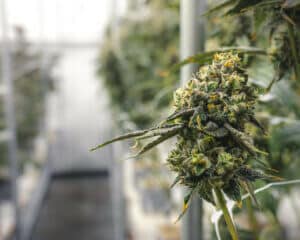
Maximizing Autoflower Yields
Autoflower yield has long been a source of debate in the cannabis community. Find out how to make the most of your autoflowers here.
Free Khalifa Mints seeds on orders over $150!

Autoflower yield has long been a source of debate in the cannabis community. Find out how to make the most of your autoflowers here.
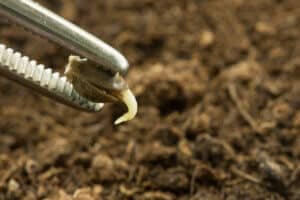
In the cannabis world, many cultivators and users do not know what are phenotypes and genotypes. This article will describe the distinctions between them and what plant aspects are determined by each.
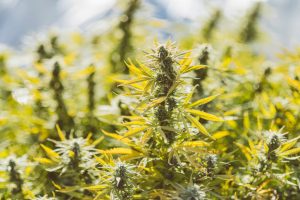
Foxtailing buds are a curious sight in the grow room though not an uncommon occurrence. Find out all you need to know about foxtail buds.
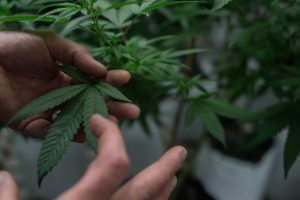
Space bucket grows are a very cost-effective container to use for growing cannabis. Find out everything about these amazing space buckets.
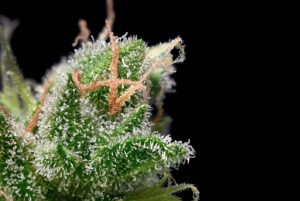
Powdery mildew vs trichomes – the ultimate comparison is here. While they are completely different, the 2 can look similar to new growers.
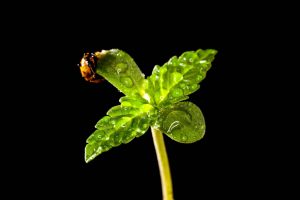
Choose the best nutrients for autoflower plants with this useful guide! Whether you want the best nutrients for autoflowers in soil or coco.
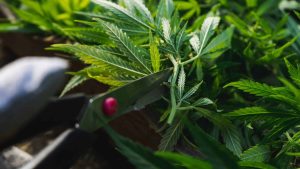
How do you defoliate autoflowers? Since they grow a little different, different methods can be used to defoliate an autoflower.
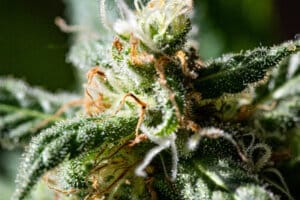
How to tell if my autoflower is ready to harvest is actually pretty easy. Find out when to harvest autoflowers here.
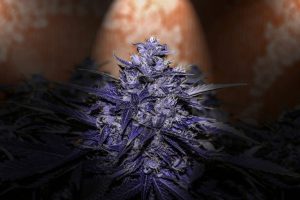
Do autoflowers need darkness? That’s right autos can grow with 24hrs of light. Find out the best light cycle for autoflowers here.
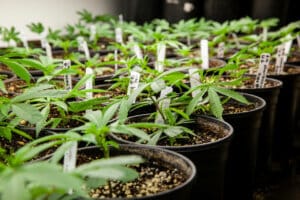
Growing cannabis at a cellular level looks a lot different than your standard growing journey. Let’s look at the more scientific side of cannabis here.
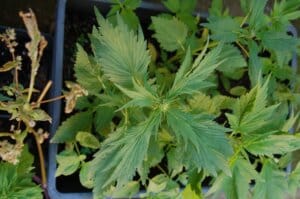
The duck foot strain and other variations are a unique type of cannabis that display different leaves. Find out about ducksfoot strain here.
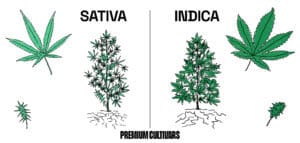
Indica vs Sativa vs Hybrid strains – what’s the difference? Which is best? Find out all the answers and more in this article.
This category looks at the scientific elements of the cannabis plant and processes which require a little more technique and thought like cannabis tissue culture. This includes the processes of the plant and the biological functions of the different parts of a cannabis plant.
For example, what creates hermaphrodite cannabis plants and how do you prevent this from happening?
Every cannabis grower should comprehend the signals sent out by their cannabis leaves. You will enjoy robust plants and excellent yields if you can quickly diagnose and manage your plant’s health issues.
Like most other plants, Leaves are essential components of a cannabis plant’s life support system. The green chlorophyll pigment allows leaves to function as solar panels. As you may be aware, this sunlight-gathering function is critical to cannabis photosynthesis. The underside of the leaves is covered in microscopic stomata, which open and close like a door. Carbon dioxide enters the system, while oxygen and water exit. Foliar feeding is when the leaves absorb nutrients and feed the cannabis plant.
Cannabis is classified into three types; Sativa, Indica, and Ruderalis. The majority of cannabis you will find these days is a cross between Sativa, Indica, and Hybrid varieties. As a result, what you will typically find in your grow room are cannabis leaves that exhibit a variety of characteristics.
Aside from the leaf types associated with Sativa, Indica, and Ruderalis cannabis, we can also distinguish leaves based on where they are found on the plant. Fan leaves are the largest leaves on the cannabis plant, with the typical fingered shape. Sugar leaves are another type of leaf that is small and nestled within flowers. Cotyledons are the embryonic cannabis leaves that appear first when cannabis seeds develop.
Sugar leaves, as opposed to fan leaves, are small leaves found throughout the buds of cannabis colas that are generally trimmed off the flower after harvest. They are known as “sugar leaves” because of the many trichomes found on them, which gives the impression that the leaves are covered in sugar.
Cannabis leaves are crucial aspects of a cannabis plant, and there are different types. Fan leaves are the huge, pointed leaves that emerge along the length of the plant. These leaves are necessary for photosynthesis in living plants, but they are permanently eliminated from the finished, harvested product.
Whether you want to know about cannabis stomata, stalks, roots, cannabis immune systems and more parts of a cannabis plant, this is the place to do it. On top of learning cannabis plant anatomy, we will also look at how each different plant part functions and how it serves the cannabis plant as a whole.
The science behind general plants is complex and cannabis plants are no different. Learn about different parts of cannabis plants and the different plant functions here.
Offers
Information
Get the best from your plants
Growing At Home
Growing At Home
Grow stages
THCA/D9 (out of stock)
Troubleshooting
This product is not for use by or sale to persons under the age of 18. This product should be used only as directed on the label. It should not be used if you are pregnant or nursing. Consult with a physician before use if you have a serious medical condition or use prescription medications. A doctor’s advice should be sought before using any hemp products. All trademarks and copyrights are property of their respective owners and not affiliated with nor do they endorse this product. These statements have not been evaluated by the FDA. This product is not intended to diagnose, treat, cure or prevent any disease. By using this site you agree to follow the Privacy Policy and all Terms & Conditions printed on this site. All products contain less than 0.3% Cannabinoid-compliant with applicable Federal Laws. Please make yourself aware of any and all applicable laws regarding hemp in your jurisdiction. Premium Cultivars accepts no liability or responsibility regarding germination laws in any specific locale state or national jurisdictions.THCA products are not available for shipment to the following states: Hawaii, Idaho, Minnesota, Oregon, Rhode Island, Utah, Vermont *Note: Products with Total THC content above 0.3% must not be shipped to these states.
We want to help you get your hands on the seeds you want, take 20% off your next purchase when you enter your email below!
We want to help you get your hands on the seeds you want, take 20% off your next purchase when you enter your email below!